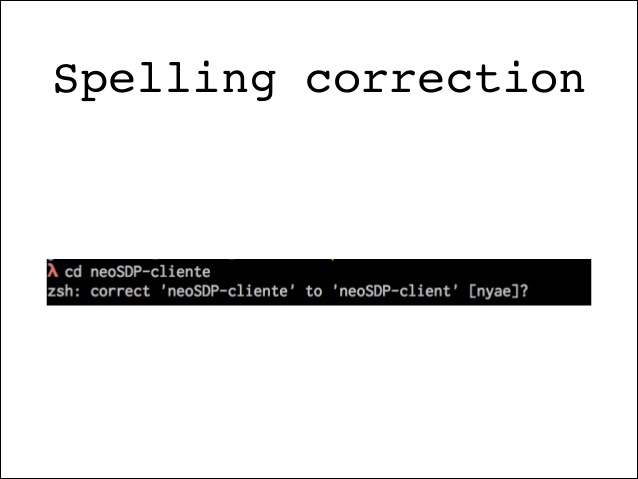
#MUDLET CREATE ALIAS HOW TO#
This example shows how to assign multiple options using the Option parameter.
#MUDLET CREATE ALIAS UPDATE#
Example 6: Update options for an existing alias To run the alias, type Go on the PowerShell command line. Name parameter specifies the alias's name, Go. The Set-Alias cmdlet creates an alias to the function in the current PowerShell session. Parameter to specify the directory, C:\Windows\System32. The function uses the Set-Location cmdlet with the Path Function CD32 Ī function named CD32 is created. For more information, see about_Functions. To create anĪlias for a command, create a function that includes the command, and then create an alias to theįunction.

You cannot create an alias for aĬommand with parameters and values, such as Set-Location -Path C:\Windows\System32. You can create an alias for a cmdlet, such as Set-Location. This example shows how to assign an alias to a command with parameters. Example 5: Create an alias for a command with parameters To run the alias, type np on the PowerShell command line to open notepad.exe. The Get-Alias cmdlet uses the Name parameter to show that the np The Value parameter specifies the path and application nameĬ:\Windows\notepad.exe. PS> Set-Alias -Name np -Value C:\Windows\notepad.exe This example creates an alias to an executable file on the local computer. Example 4: Create an alias to an executable file If theįorce parameter is not used, the change fails. The Force parameter is needed because the loc alias is read-only. The loc alias is changed with the addition of two parameters. The example output shows a partial list of those properties. Format-List uses the Property parameter with an asterisk ( *) so that all of the Parameter represents the alias object and sends the object down the pipeline to the Format-ListĬmdlet. The Option parameter specifies the ReadOnly value. The Value parameter specifies the Get-Location cmdlet that PS> Set-Alias -Name loc -Value Get-Location -Option ReadOnly -Description 'Displays the current directory' -Force -PassThru | Format-List -Property *ĭescription : Displays the current directory PS> Set-Alias -Name loc -Value Get-Location -Option ReadOnly -PassThru | Format-List -Property *

To change or delete a read-only alias, use the Force parameter. The read-only option prevents unintended changes to anĪlias. Example 3: Create and change a read-only alias When the list alias is run, the current directory's Parameter associates the alias to the Get-Location cmdlet.Īssociated with the Get-Location cmdlet. The Set-Alias cmdlet uses the Name parameter to specify the list alias. When the list alias is run, the items in the current The list alias isĪssociated with the Get-ChildItem cmdlet. The Get-Alias cmdlet uses the Name parameter to display the list alias. PS> Set-Alias -Name list -Value Get-Location This command reassigns an existing alias to run a different cmdlet. Example 2: Reassign an existing alias to a different cmdlet To run the alias, type list on the PowerShell command line. The Value parameter specifies the cmdlet that the alias The Set-Alias cmdlet creates an alias in the current PowerShell session.

PS> Set-Alias -Name list -Value Get-ChildItem This command creates an alias to a cmdlet in the current PowerShell session. Examples Example 1: Create an alias for a cmdlet When the PowerShell session is closed, the alias is removed. Set-Alias to reassign an existing alias to another cmdlet, or change an alias's properties, suchĪn alias that is created or changed by Set-Alias is not permanent and is only available during theĬurrent PowerShell session. For more information, see about_Aliases.Ī cmdlet can have multiple aliases, but an alias can only be associated with one cmdlet. An alias is an alternate name that refers to a cmdlet or command.įor example, sal is the alias for the Set-Alias cmdlet. The Set-Alias cmdlet creates or changes an alias for a cmdlet or a command, such as a function, Creates or changes an alias for a cmdlet or other command in the current PowerShell session.


 0 kommentar(er)
0 kommentar(er)
